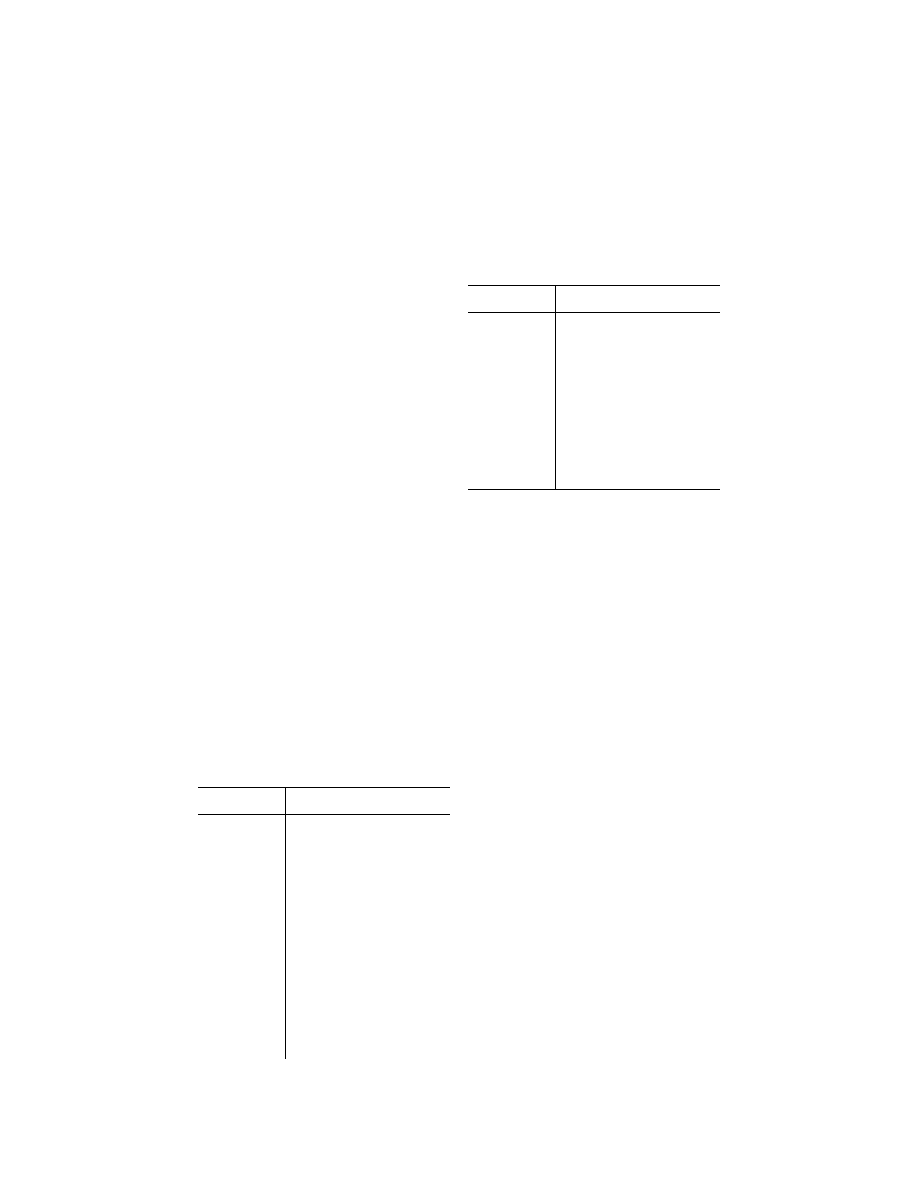
140
14 CFR Ch. I (1–1–19 Edition)
§ 121.355
§ 121.355
Equipment for operations on
which specialized means of naviga-
tion are used.
(a) No certificate holder may conduct
an operation—
(1) Using Doppler Radar or an Iner-
tial Navigation System outside the 48
contiguous States and the District of
Columbia, unless such systems have
been approved in accordance with ap-
pendix G to this part; or
(2) Using Doppler Radar or an Iner-
tial Navigation System within the 48
contiguous States and the District of
Columbia, or any other specialized
means of navigation, unless it shows
that an adequate airborne system is
provided for the specialized navigation
authorized for the particular operation.
(b) Notwithstanding paragraph (a) of
this section, Doppler Radar and Iner-
tial Navigation Systems, and the train-
ing programs, maintenance programs,
relevant operations manual material,
and minimum equipment lists prepared
in accordance therewith, approved be-
fore April 29, 1972, are not required to
be approved in accordance with that
paragraph.
[Doc. No. 10204, 37 FR 6464, Mar. 30, 1972]
§ 121.356
Collision avoidance system.
Effective January 1, 2005, any air-
plane you operate under this part must
be equipped and operated according to
the following table:
C
OLLISION
A
VOIDANCE
S
YSTEMS
If you operate any—
Then you must operate that airplane
with—
(a) Turbine-powered
airplane of more
than 33,000
pounds maximum
certificated take-
off weight.
(1) An appropriate class of Mode S
transponder that meets Technical
Standard Order (TSO) C–112, or a
later version, and one of the fol-
lowing approved units:
(i) TCAS II that meets TSO C–119b
(version 7.0), or takeoff weight a
later version.
(ii) TCAS II that meets TSO C–119a
(version 6.04A Enhanced) that was
installed in that airplane before May
1, 2003. If that TCAS II version
6.04A Enhanced no longer can be
repaired to TSO C–119a standards,
it must be replaced with a TCAS II
that meets TSO C–119b (version
7.0), or a later version.
(iii) A collision avoidance system equiv-
alent to TSO C–119b (version 7.0),
or a later version, capable of coordi-
nating with units that meet TSO C–
119a (version 6.04A Enhanced), or a
later version.
C
OLLISION
A
VOIDANCE
S
YSTEMS
—Continued
If you operate any—
Then you must operate that airplane
with—
(b) Passenger or
combination
cargo/passenger
(combi) airplane
that has a pas-
senger seat con-
figuration of 10–
30 seats.
(1) TCAS I that meets TSO C–118, or
a later version, or
(2) A collision avoidance system equiv-
alent to has a TSO C–118, or a later
version, or
(3) A collision avoidance system and
Mode S transponder that meet para-
graph (a)(1) of this section.
(c) Piston-powered
airplane of more
than 33,000
pounds maximum
certificated take-
off weight.
(1) TCAS I that meets TSO C–118, or
a later version, or
(2) A collision avoidance system equiv-
alent to maximum TSO C–118, or a
later version, or
(3) A collision avoidance system and
Mode S transponder that meet para-
graph (a)(1) of this section.
[Doc. No. FAA–2001–10910, 68 FR 15902, Apr. 1,
2003]
§ 121.357
Airborne weather radar
equipment requirements.
(a) No person may operate any trans-
port category airplane (except C–46
type airplanes) or a nontransport cat-
egory airplane certificated after De-
cember 31, 1964, unless approved air-
borne weather radar equipment has
been installed in the airplane.
(b) [Reserved]
(c) Each person operating an airplane
required to have approved airborne
weather radar equipment installed
shall, when using it under this part, op-
erate it in accordance with the fol-
lowing:
(1)
Dispatch.
No person may dispatch
an airplane (or begin the flight of an
airplane in the case of a certificate
holder, that does not use a dispatch
system) under IFR or night VFR condi-
tions when current weather reports in-
dicate that thunderstorms, or other po-
tentially hazardous weather conditions
that can be detected with airborne
weather radar, may reasonably be ex-
pected along the route to be flown, un-
less the airborne weather radar equip-
ment is in satisfactory operating con-
dition.
(2) If the airborne weather radar be-
comes inoperative en route, the air-
plane must be operated in accordance
with the approved instructions and
procedures specified in the operations
manual for such an event.
(d) This section does not apply to air-
planes used solely within the State of
Hawaii or within the State of Alaska
VerDate Sep<11>2014
08:20 May 17, 2019
Jkt 247048
PO 00000
Frm 00150
Fmt 8010
Sfmt 8010
Y:\SGML\247048.XXX
247048